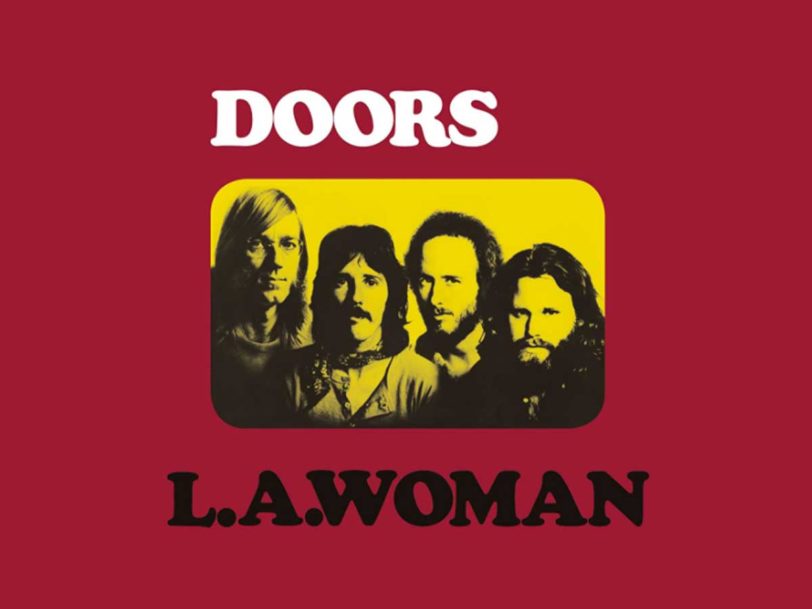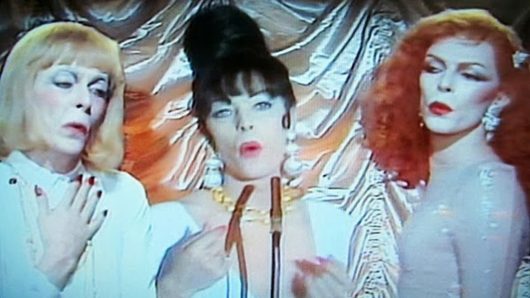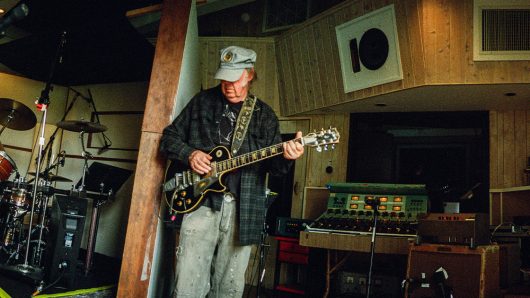Disputes still rage as to whether The Doors intended LA Woman to be their final album. Its release fulfilled their contract with Elektra Records and allowed frontman Jim Morrison to depart on his fatal Parisian sojourn in March 1971 – yet despite persistent rumours to the contrary, his bandmates always believed he’d return home once he’d taken a much-needed sabbatical.
Listen to LA Woman here.
“He was going to find the poet again”
“The important thing was, he was going to Paris to ‘regain’ himself – to find the poet [inside him] again,” keyboardist Ray Manzarek told Uncut in 2013. “In Paris, he could walk down the street unmolested. He was going to continue the line of American writers in Paris – Hemingway, Fitzgerald, Henry Miller… and I thought it was a terrific idea.”
Fate, however, had other plans. Whether he intended to return to the band or not, what we know for certain is that Morrison spent the next few months living in a rented apartment in the French capital with his long-term girlfriend Pamela Courson, before passing away from a heart attack on 3 July 1971, aged just 27. Conspiracy theories pertaining to what may or may not have contributed to this tragic outcome continue to circulate, but the fact remains that a highly gifted young writer and performer died far too young, and, despite releasing two more albums without their frontman, LA Woman effectively became the band’s swansong.
“A landmark worthy of dancing in the streets”
Aside from the human tragedy involved, this is especially devastating, for LA Woman, which had been released on 19 April, stands as a creative rebirth, rather than an epitaph. With the possible exception of their sparkling, self-titled debut album, it remains The Doors’ most essential listen, hailed at the time by Rolling Stone as the band’s “greatest album and (including their first) the best album so far this year. A landmark worthy of dancing in the streets.”
Bearing in mind that LA Woman includes classic tracks such as Riders On The Storm, Love Her Madly and its driving title track, such praise hardly seems excessive. Yet while we now herald the record as a high-water mark, even its realisation was by no means a done deal. The Doors’ previous album, Morrison Hotel, went gold, but morale was low in the band’s camp during the latter half of 1970. By this stage, Jim Morrison’s alcohol intake had led to several situations which threatened his liberty, and a dispiriting concert in New Orleans, in December 1970, proved to be The Doors’ very last live show.




